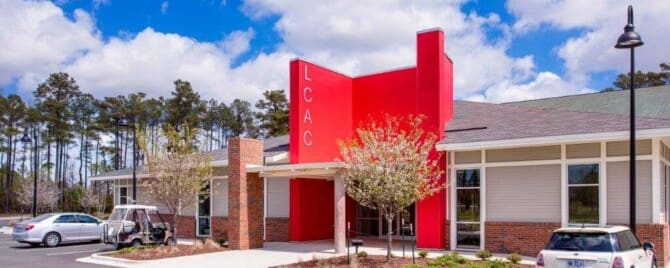Duke Energy's 2024 PowerPairSM incentive program just got approved and they want to pay you up to $9,000 to get solar panels and a battery, plus up to $92 per month in bill credit for the next 10 years! That's a potential total of $20,040 on top of the 30% federal tax credit!
Give us a call so we can save you the most money, before the program fills up: (910) 409-5533.
What are the PowerPair Incentives?
There are three different incentives with Duke Energy's PowerPair program:
☀ Solar incentive: $0.36/kW, maxing out at 10kW or $3,600
☀ Battery incentive: $400/kWh, maxing out at 13.5kWh or $5,400
☀ EnergyWise Battery Control: $6.50/kW/month, adjusted by a 70.9% battery capability factor
What is the EnergyWise Battery Control Incentive?
Living by the coast, we are no stranger to power outages. Duke wants to avoid area outages in the event that:
☀ Part of the grid gets damaged and power transmission cannot get rerouted
☀ Local energy demand suddenly peaks more than the grid can keep up
To maintain grid resiliency, the utility wants to tap into nearby residential batteries to supplement the required load, like "virtual power plants." With the EnergyWise Battery Control option, Duke Energy is allowed to discharge a home's battery reserves down to 20% between 30-36 times a year. In exchange, the homeowner will be credited $6.50 times 70.9% of the battery's maximum capacity per month, regardless of any discharge. That means if you have capped out the incentives with a 10kW system, you'll earn $6.50(10kW)(70.9%) = $46.09 each month.Eligibility for this battery control incentive will depend on your interconnection policy.
What are the Interconnection Policies?
Thanks to last year's metering policy updates, Duke Energy's new solar customers now are on either a Residential Solar Choice or a Net Metering Bridge policy. Residential Solar Choice customers are on a time-of-use schedule and charged for electricity at a rate dependent on whether the time of the day has a "peak" electrical demand on the grid. More grid demand means a higher cost of electricity during that period. Net Metering Bridge customers pay a set price, regardless of the time of the day.
Of course, both customers only pay for energy consumed in excess of what their systems generated. If their solar panels generated more energy than the home consumed, both customers are credited at $0.035/kWh.
How Do the Policies Differ With PowerPair?
Regardless of their interconnection policy, all PowerPair participants will receive the solar incentive of $0.36/kW, with a cap at 10kW ($3,600) and the battery incentive of $400/kWh, with a cap at 13.5kWh ($5,400.)
The main difference comes with the EnergyWise Battery Control. Participants on a Residential Solar Choice (time-of-use) policy will be prohibited from opting into the Battery Control option for their first two years. Participants on a Net Metering Bridge policy, on the other hand, will be required to participate in the Battery Control option.
Important PowerPair Restrictions
It's important to note a few things:
☀ Duke Energy's PowerPair incentive program has a limited capacity of 15,000kW for participants on Residential Solar Choice and 15,000kW for those on Net Metering Bridge. Once space fills up, it's gone.
☀ Participants are required to remain in this program throughout its 10-year duration, or face an early termination charge.
☀ Participants are allowed to switch between options twice, but must remain with their initial selection for two years.
Which PowerPair Option is Better?
Duke Energy's PowerPair program is groundbreaking. Which option is the best for you depends on your personal interest. PowerPair on a Residential Solar Choice policy was designed for those who value energy independence. PowerPair on Net Metering Bridge with EnergyWise, on the other hand, is more favorable for those looking to save the most money. To determine which option is the best for you, we recommend sitting down with us for a free solar consultation. We'll take a look at your home's energy consumption, your roof space, and what your goals are.
Give us a call so we can save you the most money, before the program fills up: (910) 409-5533.



